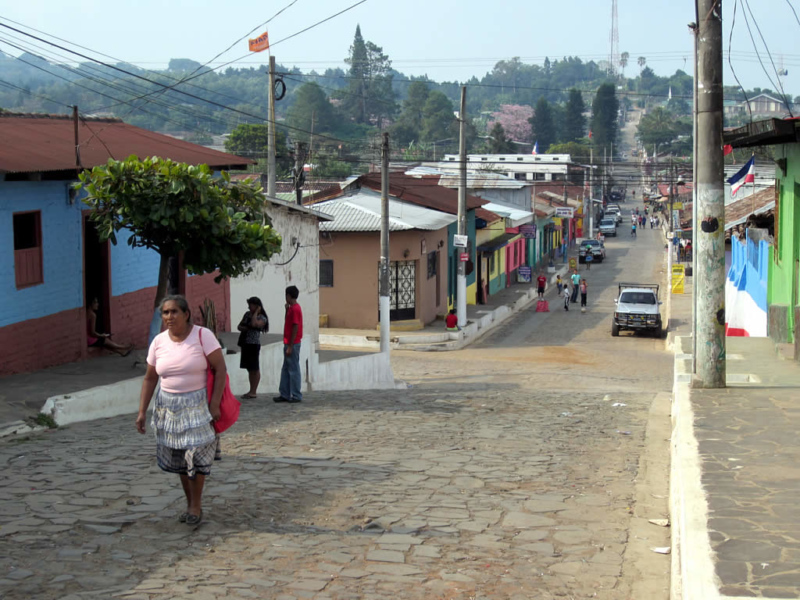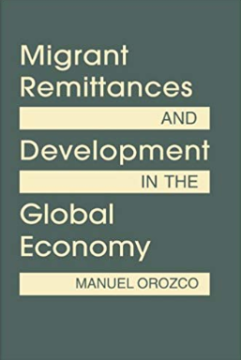The Earthquake’s Impact on Remittances
The earthquake in Haiti has exacerbated an existing distress during the international recession and increased uncertainty of what to do and how to help.
This article analyses financial access in El Salvador, delving into its characteristics and determinants. The article also presents the impact of a financial inclusion strategy to increase savings formalization rates among the population.
The analysis is based on a financial advising project for more than 17,000 Salvadorans at branches of the Salvadoran Credit Union Federation (FEDECACES) located throughout the country. Participants received personalized, 20-minute sessions on personal and household finances, financial products, and options to formalize their savings. During the financial advising session, information is shared and exchanged. On an individual level, this information helps the financial educator orient the information being shared to the needs and interests of the client. On an aggregate level, this presents a fascinating picture of financial access in El Salvador.
The results of the project show that most Salvadorans live on less than US$4,000 a year. Though two thirds of Salvadorans save in some form, they generally lack access to financial institutions, and the result is that the majority of people save informally. Only a very small portion of the population has a savings account or another type of financial product. More importantly, women, homemakers and students, are among those with particularly low financial access. However, when people receive dedicated, one-on-one financial advising, 15% formalize or increase their savings on the spot. Moreover, when prompted to feel a sense of gratitude, the number of people formalizing their savings doubles. Those receiving remittances in particular respond more to the motivation to formalize their savings.
Read the article here.
The earthquake in Haiti has exacerbated an existing distress during the international recession and increased uncertainty of what to do and how to help.
How do patterns of migration and remittances differ across regions? What kinds of frameworks support the contributions of remittances to local development?
The results of a recent financial education project informed a wide-ranging discussion on financial inclusion strategies in Mexico.
 David Stanley/ Flickr/ CC BY 2.0
David Stanley/ Flickr/ CC BY 2.0

 Video
Video